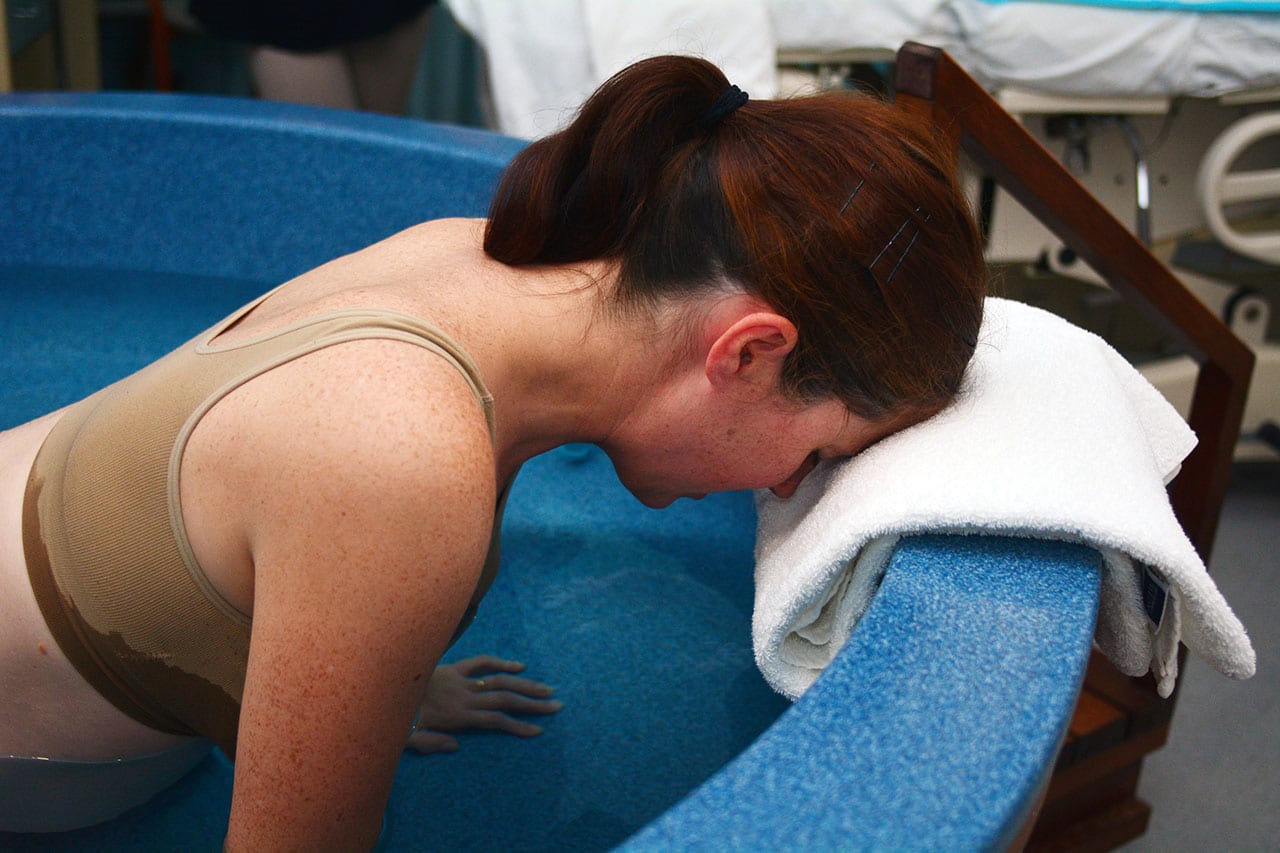A water birth means at least part of labor, delivery, or both happen while in a birth pool filled with warm water. Most of the nursing homes in the U.S. offer water births, yet there is a lack of consensus regarding the safety of water birth.
A new study by the University of Michigan scientists aimed to describe the maternal and neonatal outcomes associated with a water birth demonstrated that water births are no more risky than land births. What’s more, women in the water group sustain fewer first and second-degree tears.
For the study, scientists analyzed 397 water births and 2025 land births from two midwifery practices. They didn’t find any differences in outcomes between waterbirth and land birth for neonatal intensive care admissions. They also detected similar rates of postpartum hemorrhage for both groups.
During a water birth, babies take their first breath when removed from the tub. Until then, their lungs are filled with water, which is displaced when they hit the air and breathe. The connected umbilical cord provides oxygen.
Lisa Kane Low, a professor in the U-M School of Nursing and senior author on the paper, said, “The long and short of it is that if you use proper techniques…the outcomes are excellent. They mirror what we see in international studies of water birth.”
Ruth Zielinski, clinical associate professor of nursing and study co-author, said more facilities should offer water birth and have guidelines for implementing it.
“It’s important not to re-submerge babies. At U-M, they are birthed in the water, brought out almost immediately, and they’re careful to not re-submerge them. Mom and baby exit the tub with help and warm blankets, typically before delivering the placenta so that blood loss can be more accurately calculated.”
“More studies are needed to understand the satisfaction level of women who have water births.”
This study is scheduled to appear online Dec. 10 in the journal Birth.
